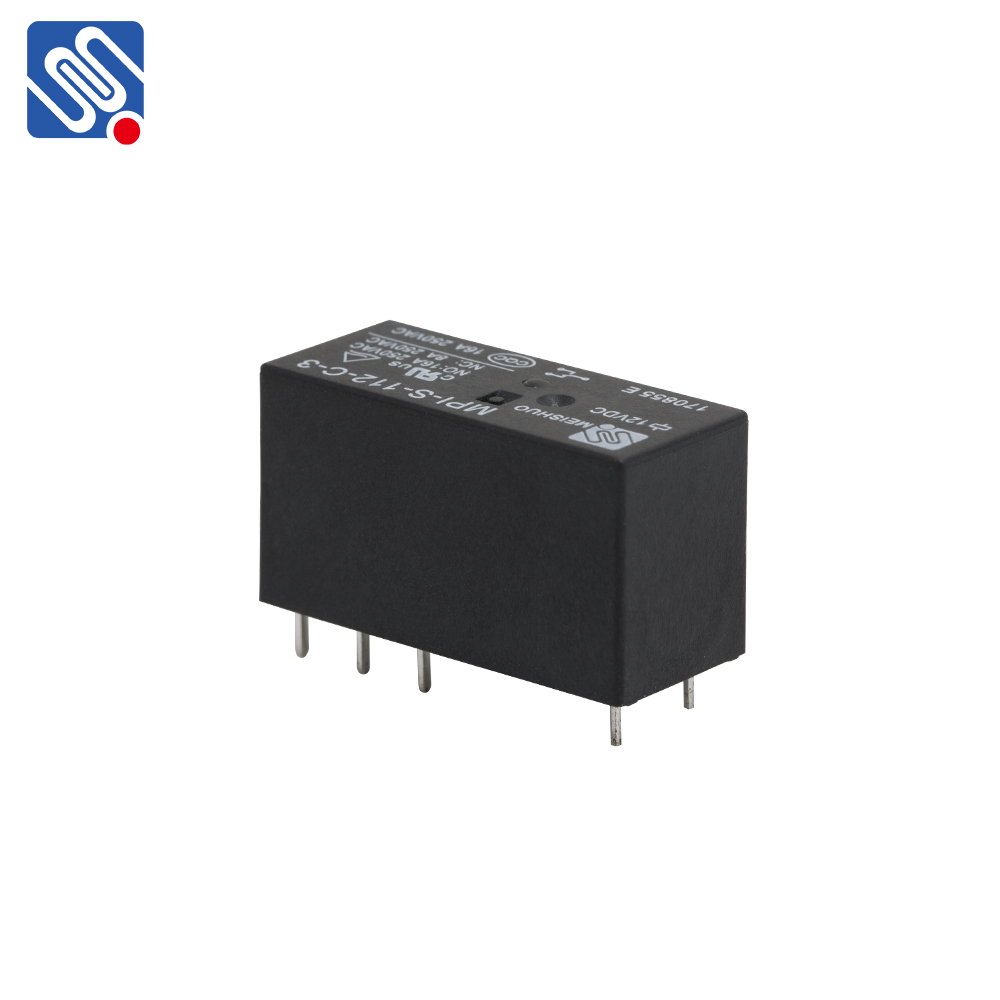A Relay Control System is a fundamental component in electrical and automation engineering. It uses electromechanical relays to control circuits, providing a bridge between low-voltage control signals and high-voltage loads. This system has been widely applied in various industries, ranging from home appliances to industrial machinery, due to its simplicity, reliability, and efficiency in handling electrical power. In this article, we will explore the key principles, applications, and benefits of Relay Control Systems.

What is a Relay Control System? At its core, a Relay Control System operates by utilizing relays to control the flow of electricity in a circuit. A relay is an electrically operated switch that uses a small input signal to open or close the contacts within the relay, thus controlling a much larger electrical load. The relay consists of a coil, a movable armature, and one or more sets of contacts (normally open or normally closed). When an electric current flows through the coil, it generates a magnetic field that moves the armature, either opening or closing the contacts. Relay control systems can vary in complexity, from simple applications like turning on a light to more intricate ones involving motor control or automation systems in factories. The main advantage of using a relay is that it allows low-power circuits to control high-power loads without direct electrical contact between the two.
Leave a Reply